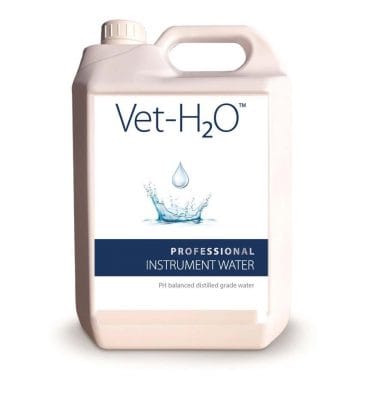Latest Blogs
Safety Data Sheets (SDS) for Veterinary Chemicals
A safety data sheet (SDS) is a document that provides information about the properties and potential hazards of a substance or product. It is a crucial tool for gauging product quality and the safety for practitioners and patients in your care.
Here are some tips for checking safety data sheets:
- Check the manufacturer’s name and contact information: The SDS should list the name and contact information of the manufacturer of the product. Make sure that this information is accurate and up to date.
- Look for hazard information: The SDS should provide information on the potential hazards of the product, including any health hazards, fire hazards, or environmental hazards. This information should be clearly labelled and easy to understand.
- Check the product composition: The SDS should list the chemical composition of the product, including any active or hazardous ingredients. Make sure that you are familiar with the ingredients and any potential hazards associated with them. You should be able to compare alternatives products with leading brands to ensure standards are maintained.
- Check the first-aid measures: The SDS should provide information on the first-aid measures to be taken in case of exposure or ingestion of the product. Make sure that you are familiar with these measures and that they are appropriate for the hazards associated with the product.
- Look for handling and storage information: The SDS should provide information on how to handle and store the product safely. Make sure that you are familiar with these guidelines and that you follow them carefully.
- Check the disposal information: The SDS should provide information on how to dispose of the product safely. Make sure that you are familiar with these guidelines and that you follow them carefully.
By checking safety data sheets carefully, you can ensure that you are handling and using products safely in your practice.
